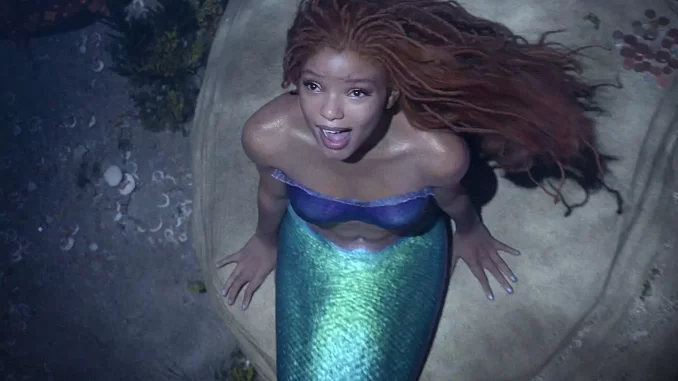
In the realm of magic and fairy tales, Disney has always held sway over our imaginations, but the racial equality strategy used in their latest film The Little Mermaid (2023) released on the 25th of this month, leaves us questioning – Is this the diversity and screen racial equality we’ve been waiting for?
Political Correctness Means Reputation?
There have been many accusations about the lack of diversity in Disney’s casting in the last few years, so Disney made its move and chose black singer Halle Bailey to star in film The Little Mermaid (2023). Since Disney released the trailer for the upcoming live-action remake of The Little Mermaid, there has been a dramatic wave of discussion on the internet. Opinions in society are becoming polarised, with the hashtag of #NotMyAriel was created on social media against Disney’s casting.
The majority of audiences who opposed the casting did not do so because they could not accept a black princess, much less because of any radical racism. It was the fact that the image of Ariel in many people’s childhood memories was that of a pretty little mermaid with white skin and red hair, and the casting of Halle Bailey as the lead was a definite reversal of those people’s fairytale sensibilities.
Stop blackwashing! Arielle has red hair and a white skin!
— Griffel1848 (@griffel1848) May 11, 2023
In the video above, many little black girls sit in front of the screen watching the official trailer for The Little Mermaid, and many of them are surprised to see that Ariel is a black princess in the video, exclaiming “She’s Black!”.
The mind of a child is well understood, without the complex racist concepts of the adult world, she simply feels that she has not seen a black skinned princess in her previous fairy tales, and that the good fortune of seeing a black mermaid princess creates a sense of happiness out of racial empathy. From a bystander’s point of view, this phenomenon is somehow saddening. Disney, in the name of racial equality, actually treats the casting of characters as a handout, and the price paid is disrespect for the original story and for the audience who view Disney fairy tales as a childhood sentiment.
But hold on…
Couldn’t Disney have predicted ahead of time the opposition this movie casting may generate? Or was Disney unaware of the image of its princess? The answer might be in this film: Black Panther (2018), the first superhero film with a black lead that broke multiple box office records and grossed over $1.3 billion worldwide. Black Panther’s achievement was not only in achieving outstanding global box office results, the film also broke box office records in East Africa, West Africa, South Africa, and other regions.
Marvel and Princess are both Disney-owned IPs, but why hasn’t the Little Mermaid replicated the success achieved by Black Panther? This brings us to the point about “handouts” mentioned earlier. The essential difference between the two films is that Black Panther is a heroic character created based on black and African cultures. Timothy Welbeck, Associate Professor of Africana and African American Studies and Director of the Centre Against Racism at Temple University, found that the film incorporates authentic cultures and traditions from Kimet, Ethiopia, Mali, Ghana and Songhai.
However, Disney is not devoid of its own black princess characters.
Disney has 11 princess characters in the franchise, among them Princess Tiana from Disney Pictures’ 49th animated feature film, The Princess and the Frog (2009). Tiana is the only black princess out of all the Disney princesses, which means that if Disney really wanted to prove their diversity to audiences, they could have enhanced Princess Tiana’s reveal, enriched Tiana’s storyline, and made a real black princess film.
The truth is, however, that Tiana is almost the least famous of the 11 princesses, and is even the only one who does not have a single line in the animated film Wreck-It Ralph 2’s classic sequence “Vanellope meets Disney Princesses”.
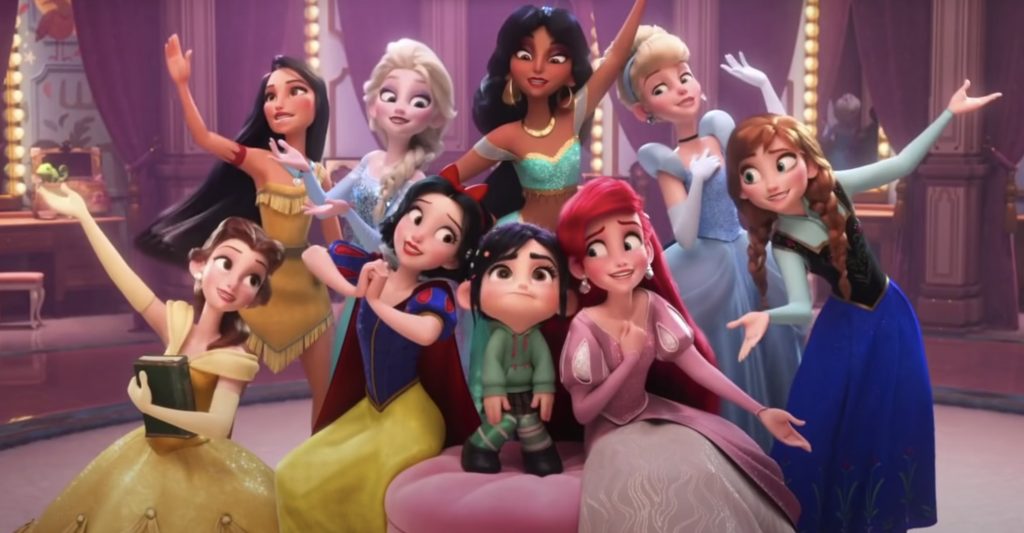
Racial Equality in Digital Media and on Screen
Digital culture has played a major role in the polarisation of politics in the US and beyond in the last decade. While the division of opinions across the axis of race, gender, class, and religion (among others) is not the only culprit, it has exacerbated the issues generated by increasing inequality, decreased representation and paradigm shifts in how power is shared geographically and generationally.
There are more active voices asking for social justice and an end of the systemic disadvantages of certain groups, users aware of and vocal about these issues coined the term “woke”.
“This has created a cultural momentum in which media production focuses on castings and histories that are diverse from the perspective of, mainly, gender, race and sexual orientation”, explained by Dr Rodriguez Armesto, lecturer in Digital Communication and Culture at the University of Sydney.
This undermines to a certain extent the worldview of people who prefer a classic representation that privileges white people, and has caused an anti-woke movement that resists change, especially along the lines of race and gender.
In the specific case of the film The Little Mermaid, instead of supporting its own black princess character or creating a new character tailored to the black community, Disney is now using this ‘casting strategy’ to keep the black community attached to white culture. Such an approach is tantamount to stirring up controversy and racism on the internet.
Besides, Halle Bailey’s make-up is designed with dirty dreadlocks, and some of the songs in the film are in the form of rap. Leaving aside the appropriateness of the use of both in the story of the Little Mermaid, dirty dreadlocks and rap can be seen as stereotypes of the black community, and Disney’s design is inevitably opportunistic and rigid in its use.
However, the film Black Panther is different. From the iconic gesture “wrists crossed over chest” and the slogan “Wakanda Forever”, to the language of the Wakanda world in the film, there is a magnificent display of black culture that deserves to be explored.
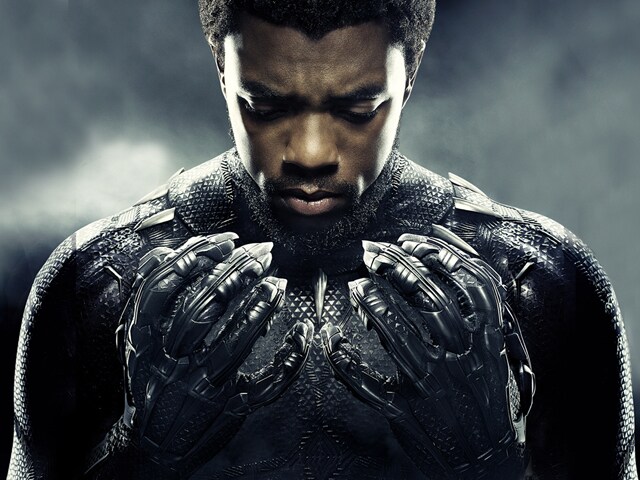
It has to be admitted that Disney’s move to change its lack of diversity is a good one, but it would have been better if more thought and dedication had been put into the issue.
Take part in the poll below to see how many people share your opinion!

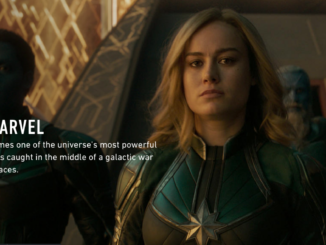
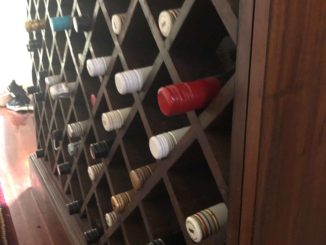
Be the first to comment